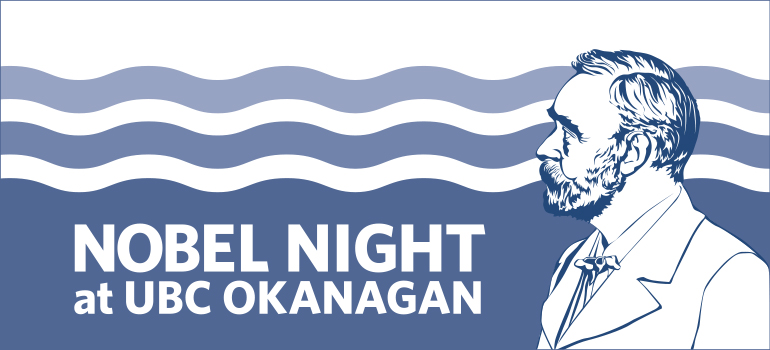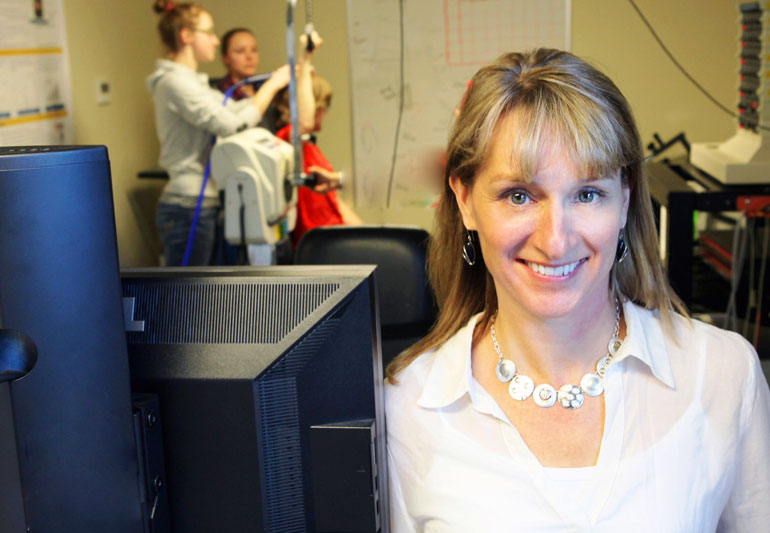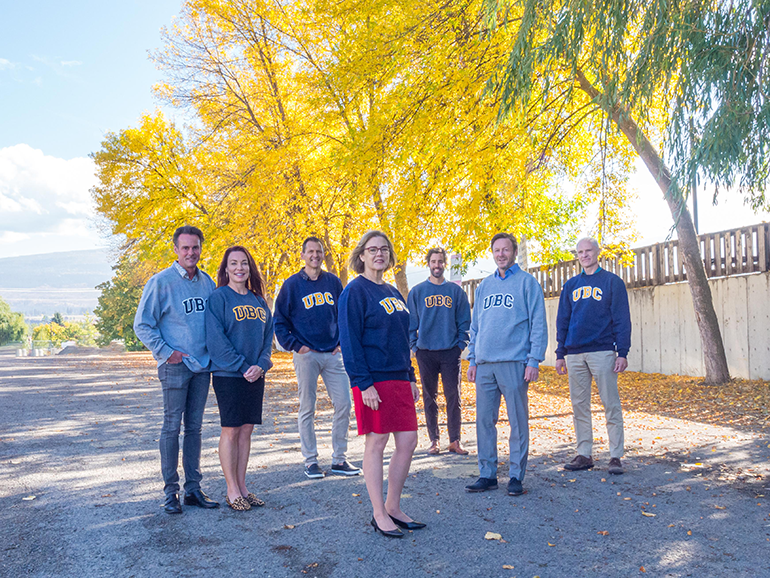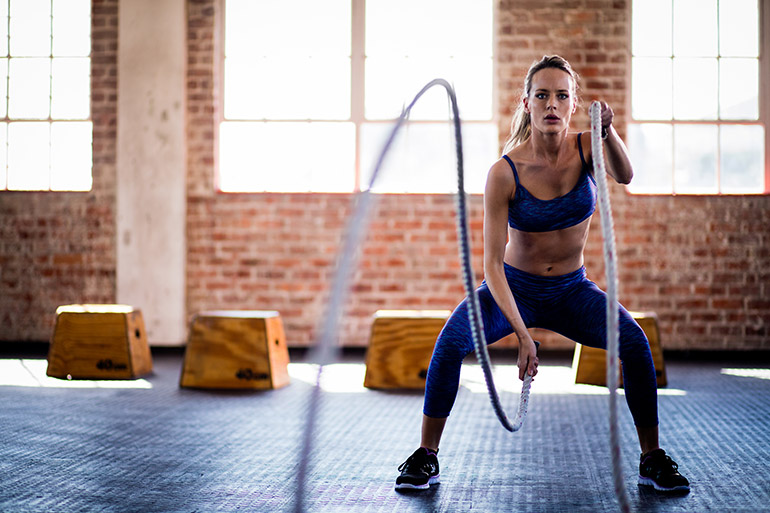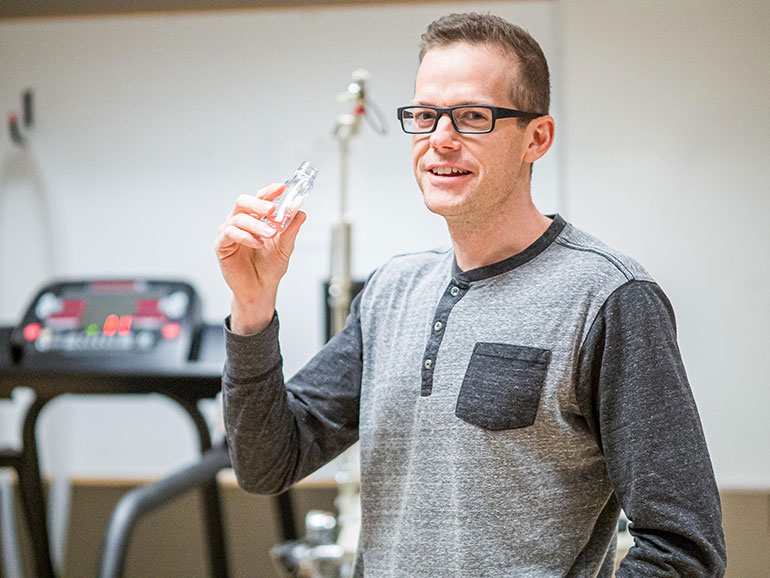
UBCO Professor Mary Jung’s Type 2 diabetes prevention program Small Steps for Big Changes is being rolled out across Canada. The program is also available in Portugal and will soon be running in Australia.
Thousands of Canadians with prediabetes will soon be able to sign up at participating YMCAs for a diet and exercise counselling program proven to lower their risk of developing Type 2 diabetes.
The program, Small Steps for Big Changes, currently delivered at select YMCAs in BC, is poised to expand to more YMCAs across Canada and Australia. By the end of 2025, the program is expected to be available at more than 40 YMCA locations across eight provinces in Canada. In the same time frame, the program will grow globally beyond its current YMCA locations in Portugal to include four new locations in Queensland, Australia.
The scale-up of Small Steps for Big Changes is the result of a tried-and-tested partnership between YMCA Canada, Diabetes Canada and UBC researchers. Dr. Mary Jung and her Diabetes Prevention Research Group based at UBC’s Okanagan campus, with support from Diabetes Canada, designed the program based on evidence from close to a decade of clinical trials on behaviour change. YMCA locations in BC’s Okanagan region then offered the ideal real-world setting to pilot the program for people at risk of Type 2 diabetes.
“One in eight Canadians are at risk of Type 2 diabetes and we know that up to 80 per cent of Type 2 diabetes cases are preventable by adopting healthy behaviours,” says Dr. Jung. “The goal of Small Steps for Big Changes is to help as many Canadians as possible make this change. The YMCA, by virtue of its many locations across Canada and commitment to inclusiveness, is helping us make a giant leap forward.”
The program is offered at no cost to participants thanks to the funding of the Canadian Institute of Health Research, the Public Health Agency of Canada and Australia’s National Health and Medical Research Council. Participants receive access to the YMCA for one month, plus six one-on-one sessions with a YMCA coach specifically trained to deliver the program. Each session includes a discussion on nutrition and physical activity followed by up to 30 minutes of supervised exercise. Coaches use a person-centred approach to help participants commit to their health changes.
“Small Steps for Big Changes aligns with the YMCA philosophy that we all have it in us to shine, but sometimes we just need a supportive coach and environment where we feel like we belong to take the first step, and the ones after that,” says Peter Dinsdale, President & CEO of YMCA Canada. “We are excited by this partnership because it reflects our goal to positively impact the health of individuals and families in an inclusive and sustainable manner, while reducing financial barriers.”
The cross-Canada rollout of Small Steps for Big Changes comes just as Diabetes Canada launches its new six-year research strategy, which, among other objectives, aims to maximize the real-world impacts of diabetes knowledge and solutions.
“Every three minutes someone in Canada is diagnosed with diabetes. It’s an alarming statistic that demands urgent action,” says Dr. Rachel Reeve, Executive Director of Research and Science at Diabetes Canada. “Investing in research is a priority for Diabetes Canada because we see so clearly how new knowledge and solutions can benefit people with diabetes or people at high risk of developing this complex chronic condition. Small Steps for Big Changes is an example of successful diabetes research being applied to new communities across Canada.”
Small Steps for Big Changes accords with the Government of Canada’s Framework for Diabetes in Canada released in 2022, in particular the aim of supporting improved access to Type 2 diabetes prevention, as well as the principles of addressing health equity, applying a person-centred approach, supporting innovation and promoting leadership, collaboration and information exchange.
To determine eligibility for the program and to find a participating YMCA location people can visit www.smallstepsforbigchanges.com.
The post Diabetes prevention program rolls out across Canada appeared first on UBC Okanagan News.


